Imagine diving beneath the sparkling surface of the ocean and discovering a society almost as complex and dramatic as our own. Picture a world where individuals greet each other by name, where friendships last decades, and where cunning alliances can make or break your fate. This is not the plot of a gripping crime novel—this is the real-life drama of dolphins. These remarkable creatures don’t just swim and play; they communicate with signature whistles, form strategic coalitions, and display social intelligence that rivals the best of us. The secrets of dolphin society are not only jaw-dropping—they just might challenge everything you thought you knew about animal intelligence.
The Astonishing Language of Dolphins
Dolphins are not just chatterboxes; they are sophisticated communicators. Scientists have discovered that bottlenose dolphins create unique signature whistles that act like names. Each dolphin develops its own whistle early in life, and this sound becomes its calling card. When a dolphin wants to get the attention of another, it will mimic the recipient’s signature whistle, effectively “calling” them by name. This form of vocal labeling is rare in the animal kingdom and hints at a level of self-awareness and social complexity that is nothing short of stunning. Imagine walking through a crowded room, hearing your name called out, and knowing someone wants you specifically—that’s what dolphins experience in their watery world.
A Society Built on Friendship
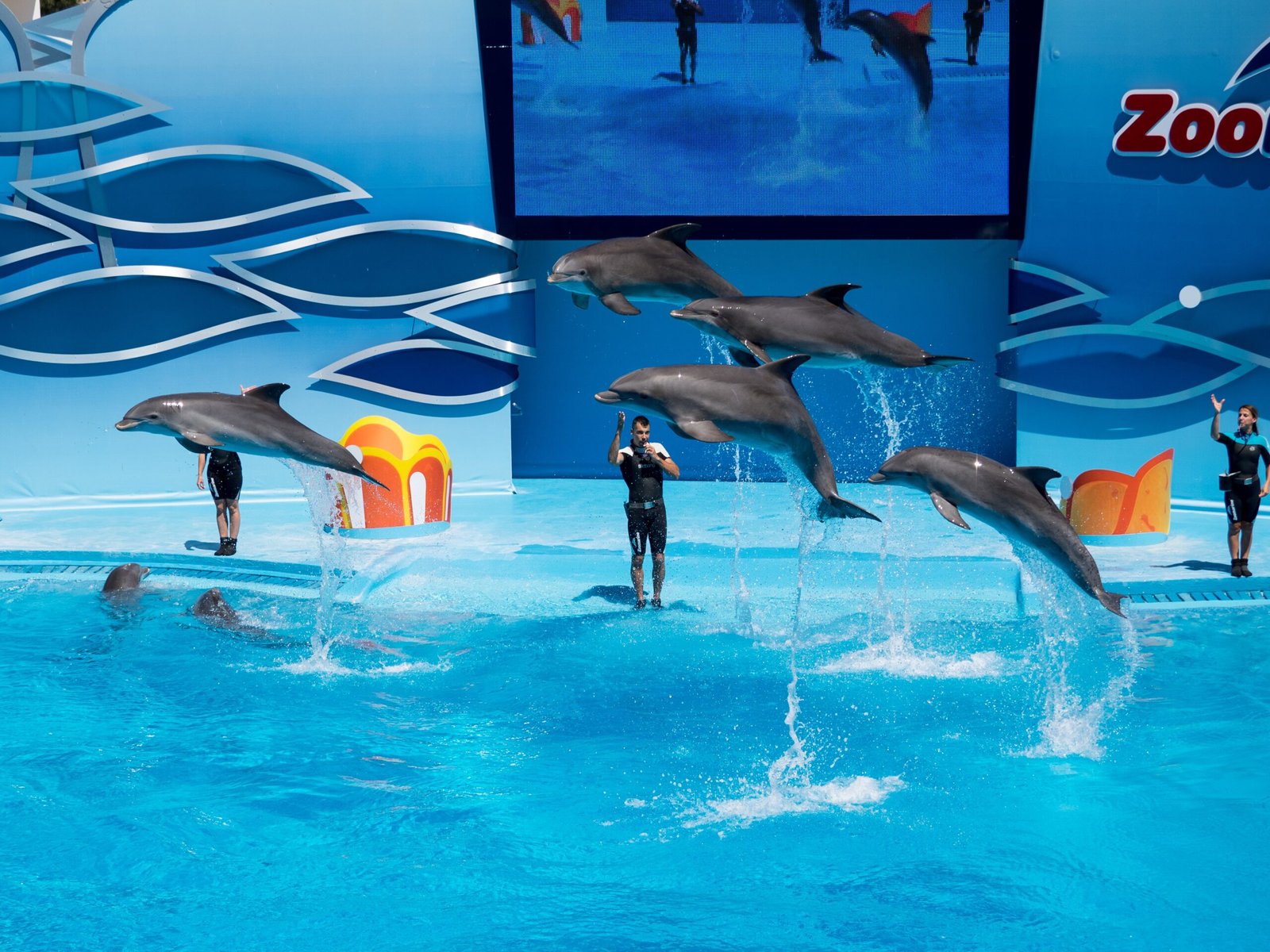
Dolphin societies are not loose gatherings of individuals; they are tightly woven networks of friends and allies. Over years, sometimes even decades, dolphins form strong bonds with certain companions. These friendships are not fleeting—they are deep, meaningful, and have significant impacts on each dolphin’s life. Dolphins have been observed engaging in synchronized swimming, playful games, and gentle physical contact with their closest friends. This social glue keeps dolphin pods stable and helps individuals thrive in the challenging ocean environment.
Signature Whistles: Names in the Sea
What’s truly breathtaking is how dolphins use their signature whistles. Unlike the calls of most animals, which can be generic, these whistles are unique to each dolphin. When separated, a dolphin will repeat its own whistle, almost like saying, “I’m here!” to help others locate it. Studies have shown that mothers and calves use these whistles to keep track of each other, and adult dolphins will respond when their name-whistle is called out. This system is so precise that researchers can identify individuals in the wild just by recording their whistles.
Complex Alliances: The Dolphin Mafia
Perhaps the most shocking revelation about dolphin society is their formation of alliances that resemble human mafia families. Male dolphins, in particular, form tight-knit groups known as alliances or coalitions. These groups can consist of two to three dolphins, or even larger gangs of up to fourteen. The alliances work together for mutual benefit, often teaming up to herd females or fend off rivals. Sometimes, smaller groups will join forces with other alliances, creating multi-level networks of cooperation and competition that mirror the social machinations of organized crime syndicates. Betrayal, loyalty, and power struggles are all part of the game.
Why Alliances Matter in Dolphin Life
Alliances are not just for show—they are crucial for survival and success. In the world of dolphins, having powerful friends can mean the difference between reproductive success and social isolation. Male alliances, for example, are known to cooperate in herding females and defending them from other groups. The most successful alliances are those that can negotiate, maintain peace, and build strong networks. This strategic social gameplay is reminiscent of the shifting alliances seen in mafia families or political parties, where connections and loyalty are the keys to advancement.
Mother-Calf Bonds: The First Social Connection
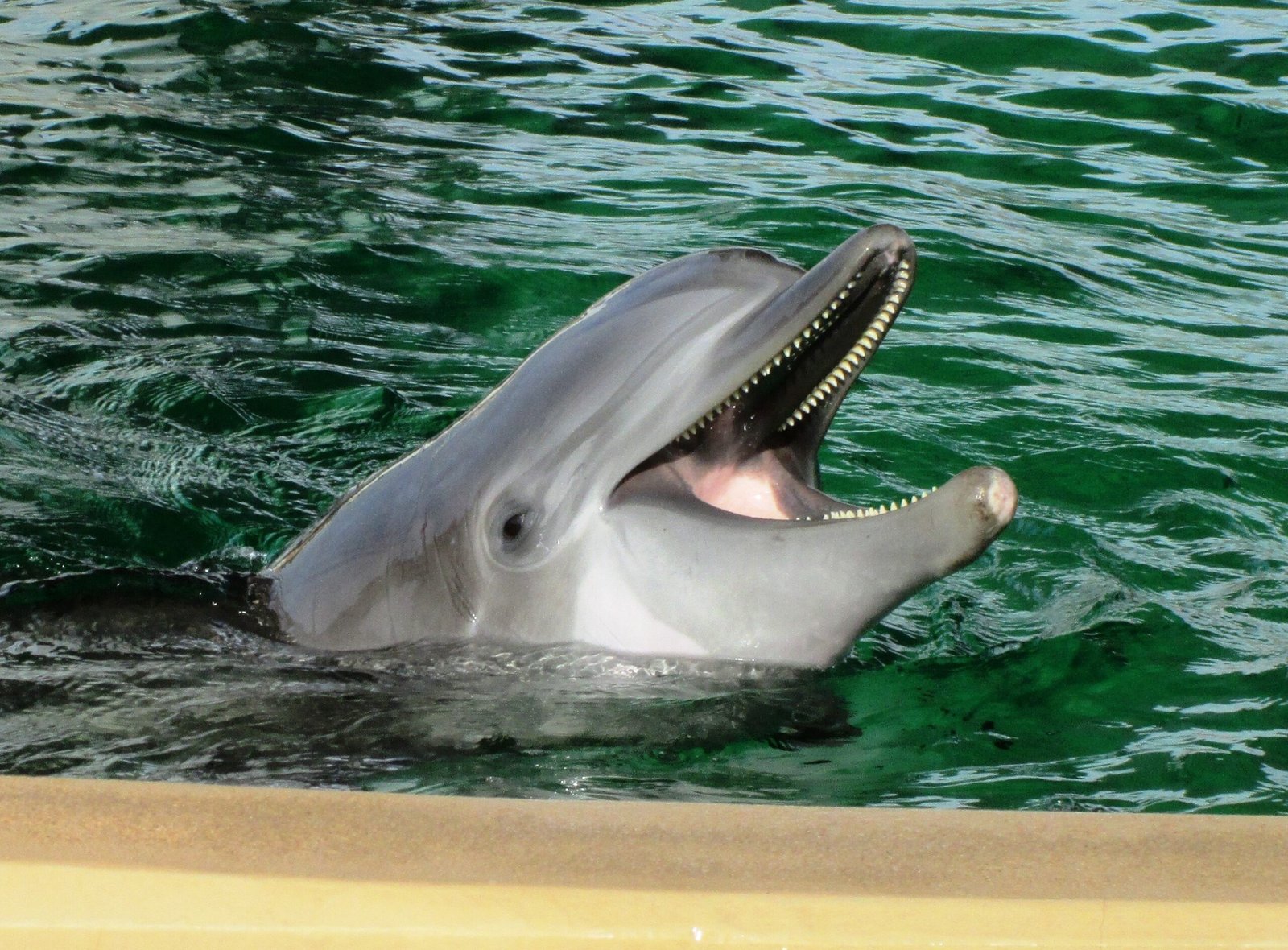
The bond between a dolphin mother and her calf is one of the strongest in the animal kingdom. From birth, mothers teach their calves the unique signature whistle that will become their personal name. This early relationship is filled with constant communication, guidance, and protection. Calves stay close to their mothers for several years, learning not just how to hunt and navigate, but how to interact within the complex web of dolphin society. This nurturing foundation shapes the social skills dolphins rely on throughout their lives.
Teamwork in the Hunt
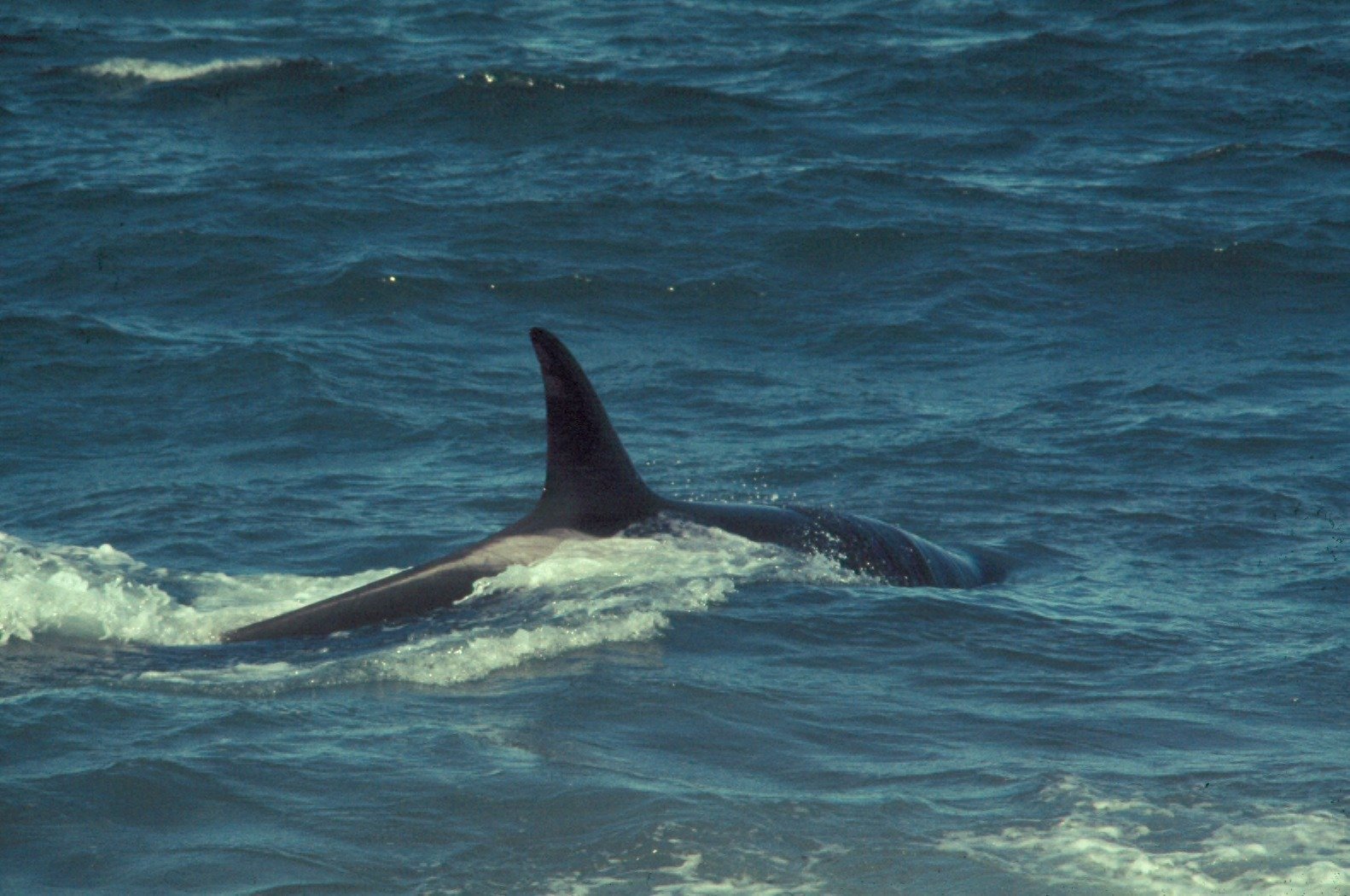
Dolphins have turned hunting into an art form. Rather than competing for food, they often work together in carefully coordinated teams. Groups will herd fish into tight balls, taking turns darting through to snatch a meal. Sometimes, dolphins use clever tricks—like stirring up mud to trap fish or coordinating bubble nets to confuse their prey. These collaborative efforts require split-second communication and trust, highlighting the power of dolphin teamwork and shared intelligence.
Communication Beyond Whistles
Dolphin communication doesn’t stop with signature whistles. They use a rich tapestry of clicks, squeaks, and body language to express everything from excitement to warning signals. Tail slaps on the water can alert others to danger, while playful leaps often signal joy or invite others to join in. Dolphins even use touch, rubbing or nuzzling each other to reinforce bonds or resolve conflicts. This multifaceted communication system helps dolphins navigate the ever-changing currents of their social world.
The Power of Play
Play is not just fun for dolphins—it serves a vital purpose. Young dolphins, in particular, spend hours chasing each other, tossing seaweed, and leaping through the waves. These playful activities help them develop crucial social skills, build strength, and learn the rules of their society. Play also strengthens bonds between friends and family members, making it an essential part of dolphin life. Watching a group of dolphins at play is like seeing a lesson in joy, friendship, and the art of living.
Learning and Passing on Traditions
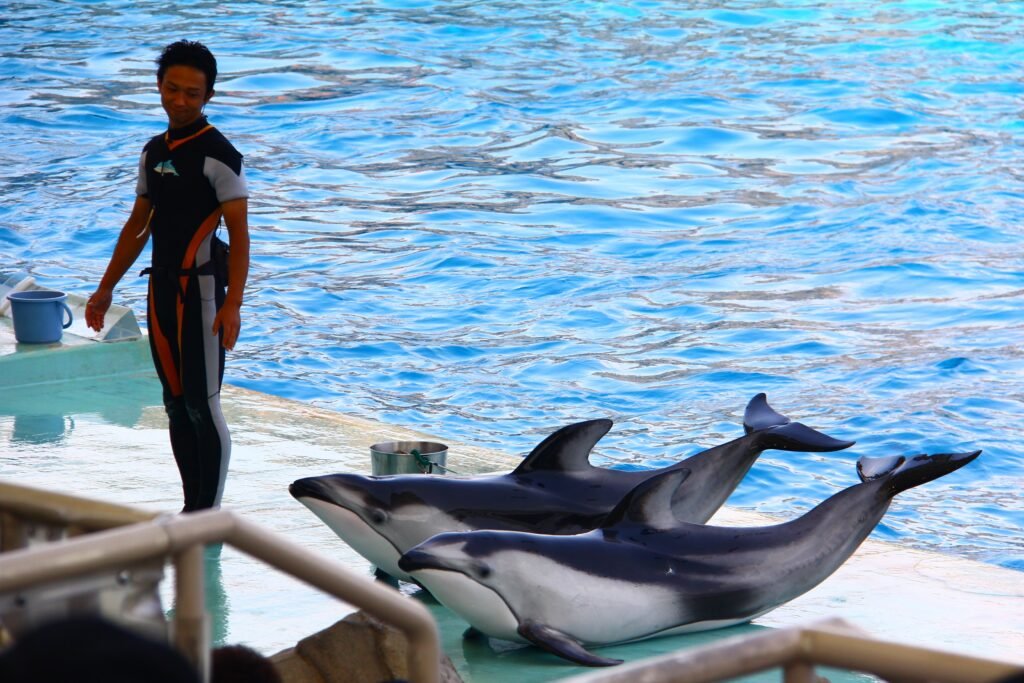
Dolphins are not just born with their skills—they learn from watching others. Calves observe their mothers and older dolphins, picking up hunting techniques, social behaviors, and even local “dialects.” In some areas, dolphins have been seen using marine sponges as tools to protect their snouts while foraging on the seafloor—a behavior passed down from mother to offspring. This cultural transmission is another sign of the deep intelligence and adaptability that define dolphin society.
Intelligence That Stuns Scientists

Dolphins repeatedly surprise researchers with their cleverness. They can solve puzzles, use tools, and even recognize themselves in mirrors—a rare trait shared with only a handful of species, including humans and great apes. In laboratory settings, dolphins have demonstrated the ability to understand complex instructions, remember them for years, and even invent new tricks. Their intelligence is not just academic; it shapes every aspect of their social lives, from forging alliances to navigating the dangers of the ocean.
Rivalries and Power Struggles
Life in a dolphin pod isn’t always peaceful. Just like in human societies—or mafia families—rivalries can flare up, and power struggles can get intense. Alliances may splinter, with individuals switching sides or attempting hostile takeovers. These social dramas play out through displays of strength, clever negotiations, and sometimes outright aggression. The constant push and pull for dominance keeps dolphin society dynamic, unpredictable, and utterly fascinating.
Female Networks: The Matriarchs of the Sea
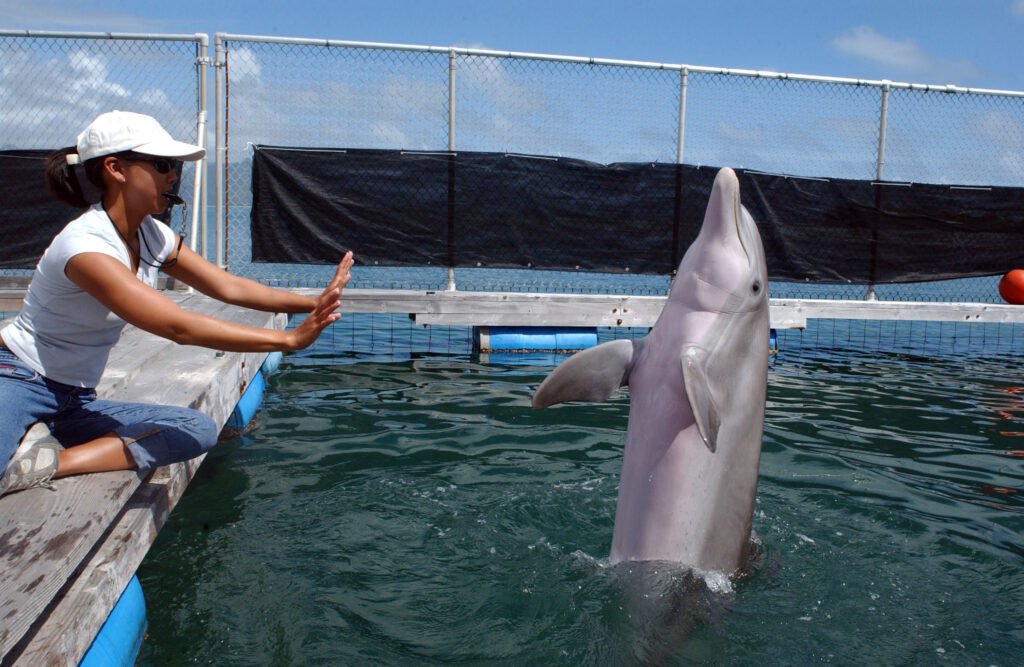
While much attention has been given to male alliances, female dolphins also form important social networks. These groups provide support, protection, and companionship. Older females, often called matriarchs, play a crucial role in guiding younger dolphins and maintaining group harmony. Their knowledge of the ocean, migration routes, and social norms benefits the entire pod. These matriarchs are the wise leaders, much like respected elders in human communities.
The Role of Memory in Dolphin Lives
Astonishingly, dolphins possess an impressive memory that enables them to remember individuals and events for decades. Researchers have discovered that dolphins can recognize the signature whistles of former companions after more than 20 years of separation. This long-term memory is essential for maintaining social bonds, remembering past alliances, and navigating the intricate politics of pod life. It’s another reason why their social world is often compared to our own.
Echoes of Empathy and Emotion
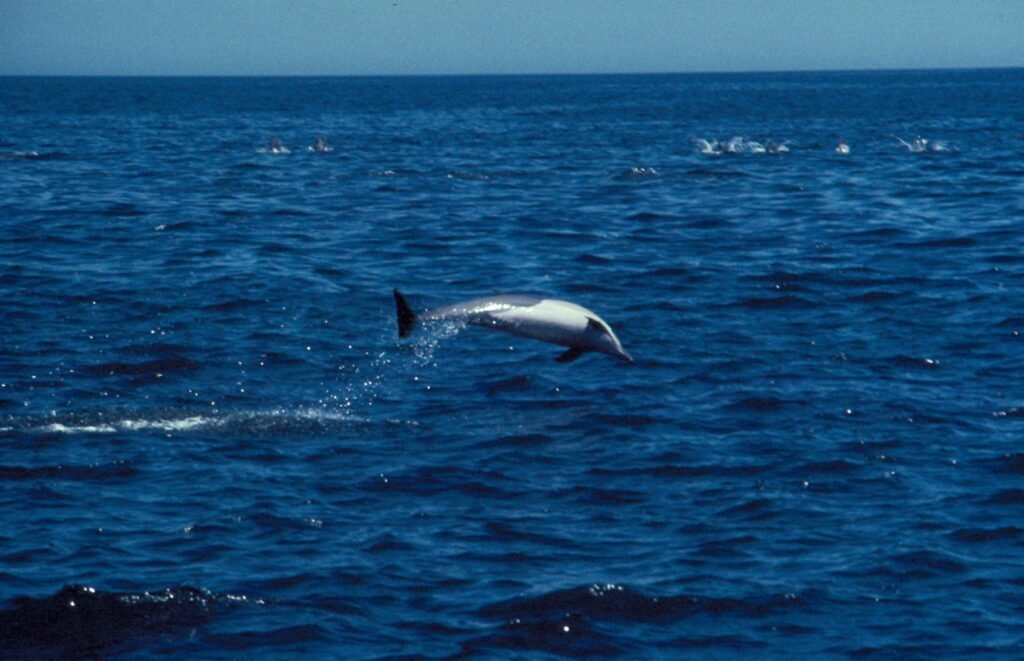
Dolphins are not just intellectual—they’re emotional too. They comfort distressed companions, mourn the loss of loved ones, and display joy through exuberant leaps and whistles. Observers have witnessed dolphins supporting sick or injured friends, sometimes even lifting them to the surface to breathe. These acts of empathy reveal a depth of feeling and social awareness that stirs the heart and challenges the boundaries of what we consider “animal” behavior.
Strangers and Outsiders: Dolphin Diplomacy
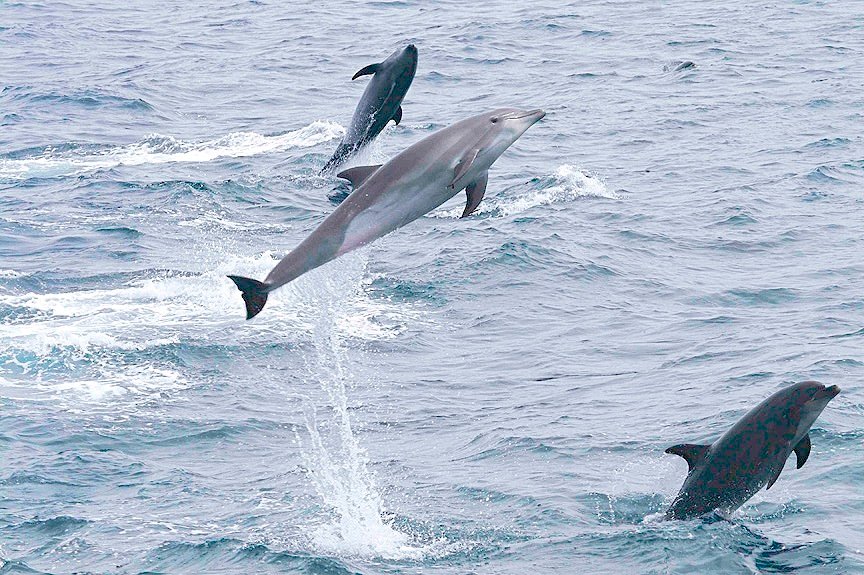
Dolphin pods sometimes encounter strangers—newcomers or rivals. How they handle these interactions can be surprisingly diplomatic. Rather than always resorting to aggression, dolphins often size up newcomers, communicate intentions, and sometimes even integrate outsiders into their groups. These moments of negotiation and acceptance are vital for the survival and evolution of their society, showing a flexibility that rivals our own.
Threats to Dolphin Societies

Despite their intelligence and adaptability, dolphins face mounting threats in today’s world. Pollution, habitat destruction, fishing nets, and climate change all pose serious dangers. These challenges can disrupt social networks, separate mothers and calves, and reduce the number of allies available for forming successful alliances. The resilience of dolphin societies is being tested like never before, making their story both inspiring and urgent.
What Dolphins Teach Us About Ourselves
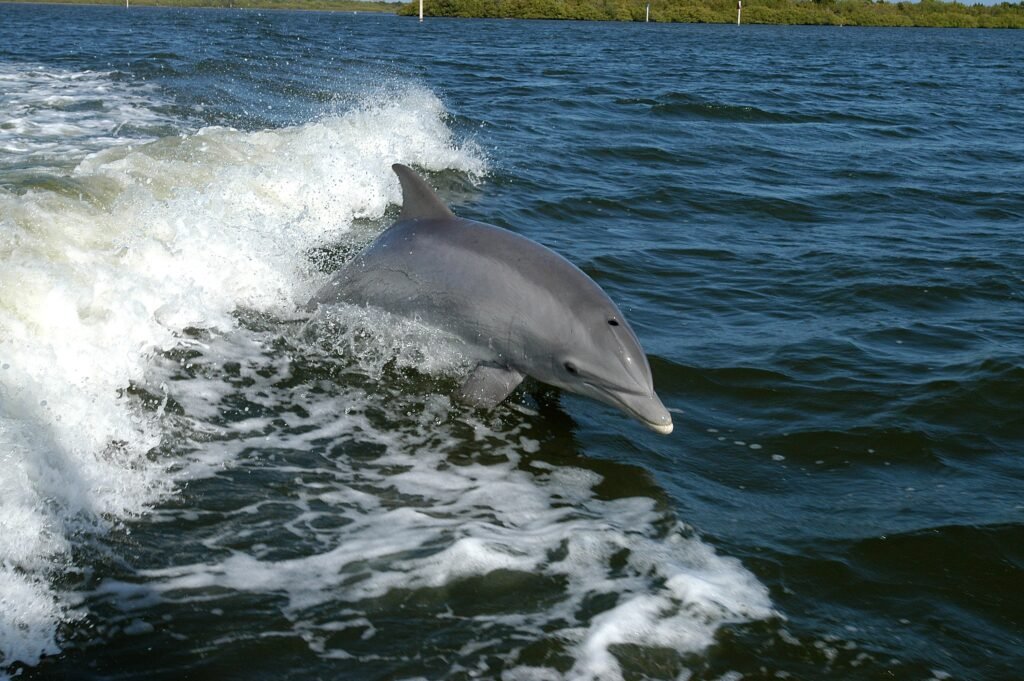
Studying dolphin societies is like looking in an aquatic mirror. Their ability to name, bond, form alliances, and navigate complex relationships forces us to rethink what it means to be intelligent, social, and even moral. Dolphins remind us that remarkable minds can be found in the most unexpected places and that the mysteries of the sea are far from solved. Their world is a blend of strategy, emotion, and connection—a living testament to the wonders of nature.
The Call of the Ocean: A Lasting Impression
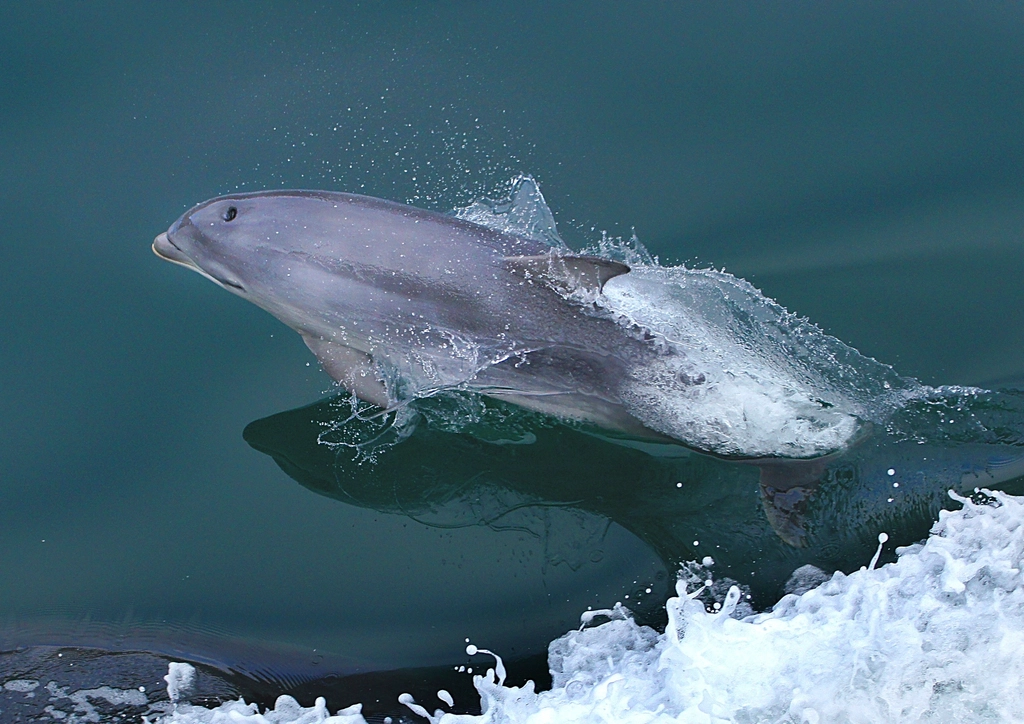
When you listen to the chatter of dolphins drifting through the waves, you’re hearing more than just noise—you’re witnessing a conversation, a negotiation, a friendship, or even a rivalry. These creatures, with their names, alliances, and deep emotions, invite us to imagine a world where intelligence and connection transcend species. Next time you see a dolphin leap, remember the hidden drama beneath the waves—names whispered, alliances forged, and a society as intricate as any mafia family.



